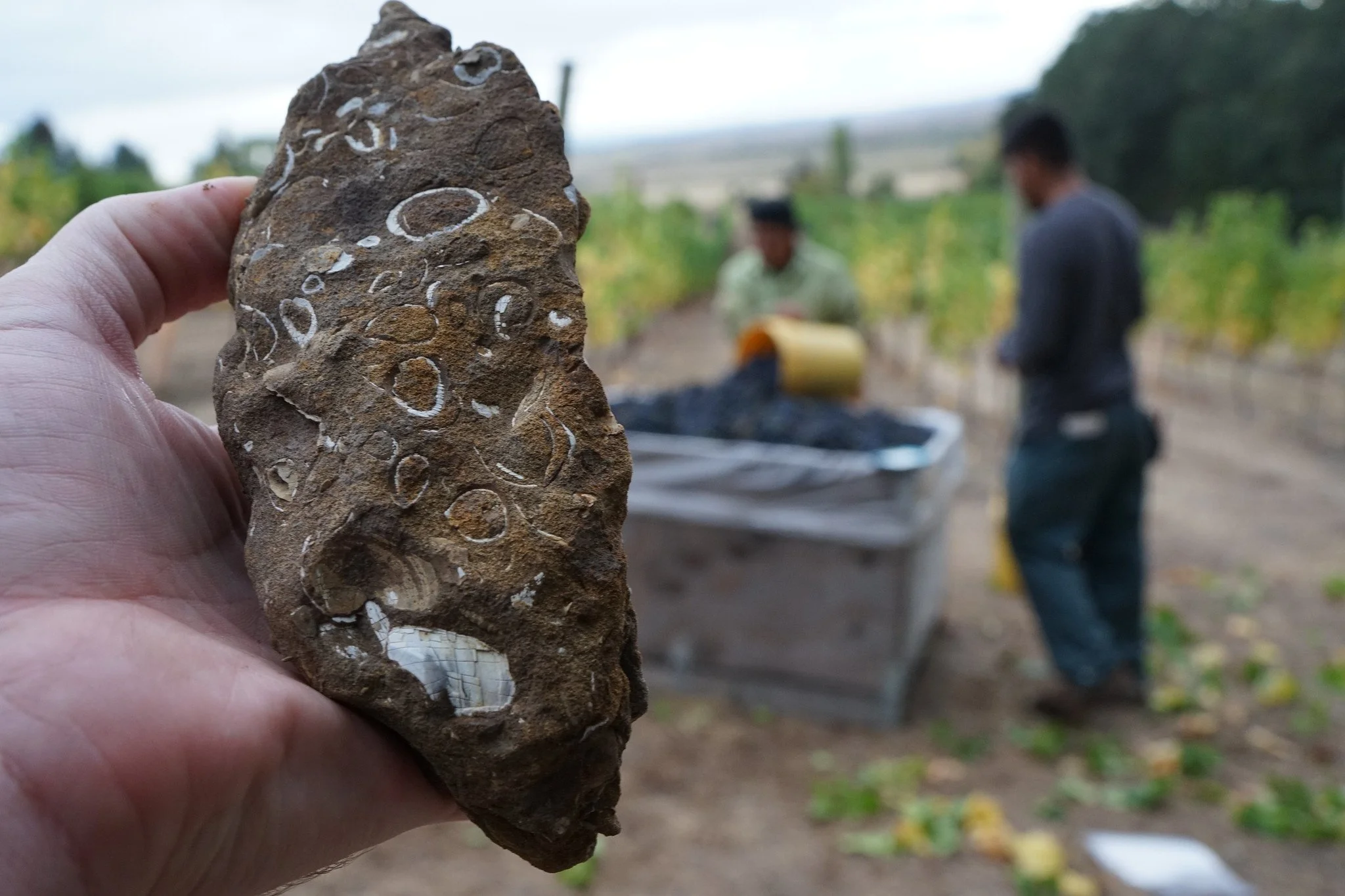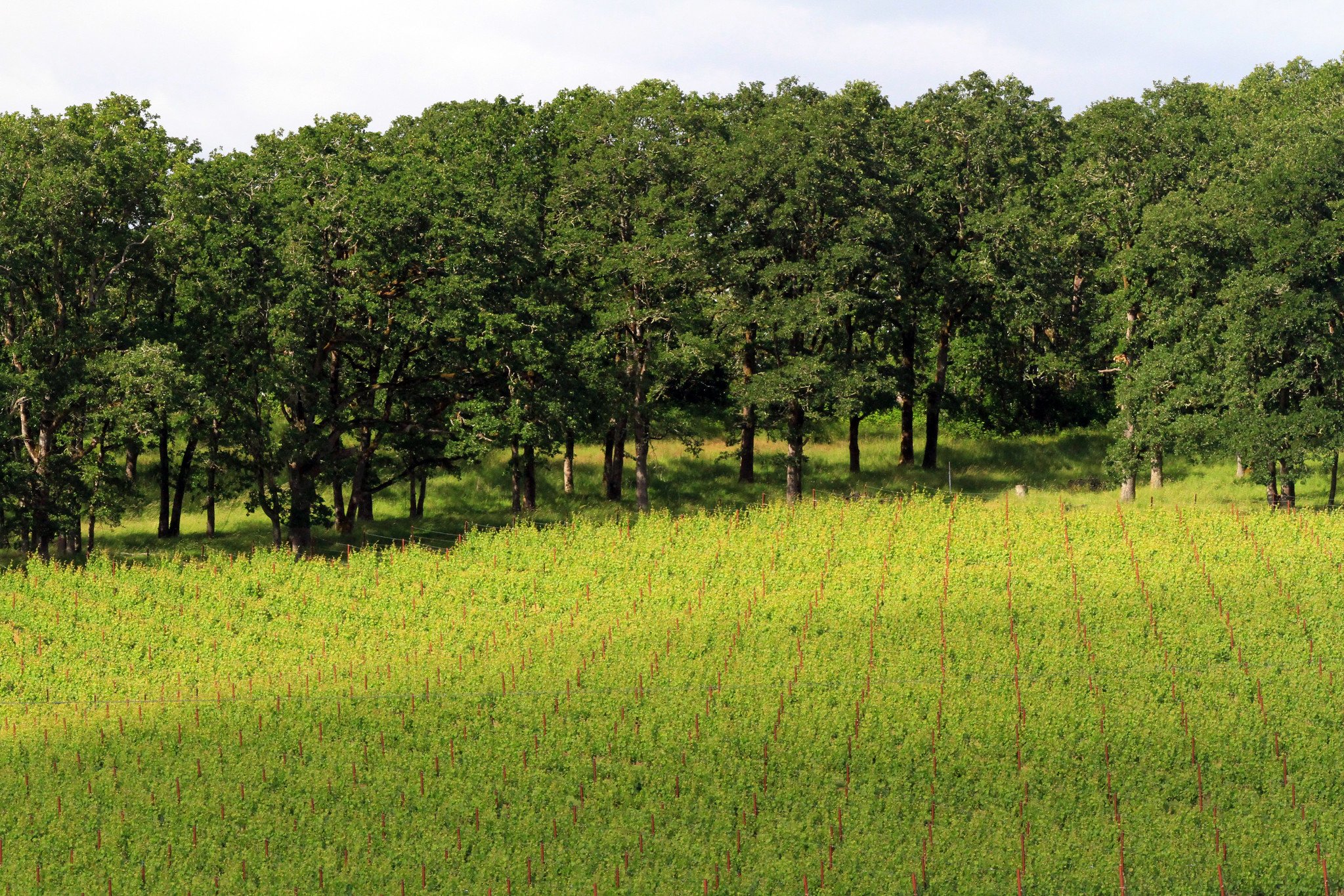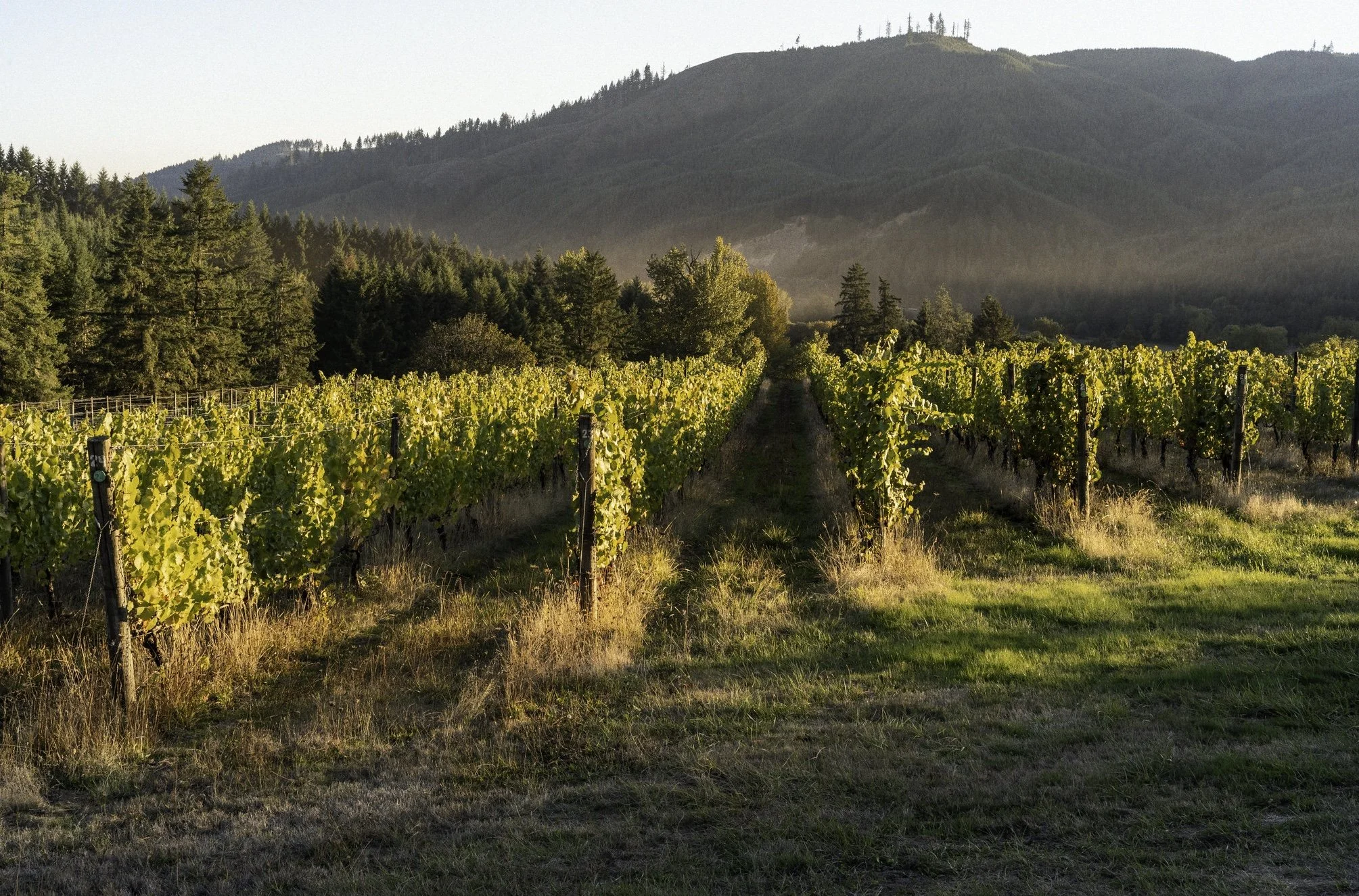Land & History
A Brief, Incomplete Geologic History of Oregon
Roughly 400 to 100 million years ago, the west coast of North America was where today’s western Idaho border lies, the land that composes Oregon did not yet exist. Enormous chunks of rock formed by volcanic activity hitchhiked across the Pacific plate, gathering pieces of ocean floor with it, and smashed against the continental shelf. Too big to slide beneath the continent, they were instead fused to the edge, further glued on by ensuing lava floes. Over a period of 130 to 50 million years ago, marine sediment piled up along the growing coastline, forming shallow, muddy swamps that extended the width of the state. This buildup of land pushed the subduction zone further west (to roughly its current position), creating a huge volcanic arc across much of the state. Eruptions raged from 50 million years ago to about six million years ago, covering the state in basalt and tuff, forming the peaks of the Cascade mountain range.
More rocks carried by tectonic plate movements continued to plaster themselves to the coast, creating additional framework for marine sand and mud to accumulate, compress, and develop deep strata of sedimentary rocks as sea levels rose and fell repeatedly over the next several millennia. At the end of the last Ice Age, 20,000 to 15,000 years ago, ice dams in Montana broke, unleashing a series of catastrophic floods that scraped topsoil from present-day Montana, Idaho, and eastern Washington and dumped it into the Columbia Basin and Willamette Valley. Repeated flooding occurred more than 100 times, periodically turning the Willamette Valley into a large lake. As waters receded, deep silt deposits covered the valley floor up to 200 feet.
A Land Acknowledgement of Sorts
The earliest evidence of humans living the Willamette Valley are stone “Clovis” points, carbon-dated to about 13,200 years ago, which are attributed to the ancient ancestors of the Kalapuya, the first people of this land. The Willamette Valley was home to the Kalapuya nations for thousands of years until the treaties of 1851-1855, after which the US Government dispossessed the Kalapuya of their homelands and forcibly relocated them to reservations. All the vineyards we source from are planted on Kalapuyan land. As we farm, work, and live in this place, we continue to reap benefits from white supremacy and its attendant structural racism.
Acknowledgement, of course, is just a first step. In the wine industry here we love to talk about soil and place, conveniently fast-forwarding from 15,000 years ago to about 50 years ago. The erasure of the less-marketable, more uncomfortable bits gives air space to white-settler mythology and exaltation of “pioneering.” At minimum, we make note of this as an attempt to bring Indigenous history (and present) back into the larger narrative around Oregon wine.
Vineyards
Silvershot
We refer to Silvershot Vineyards as our homesite. Jim grew up on this land and helped plant part of the vineyard during winter break his freshman year of college. Silvershot is located on the western side of the Eola-Amity Hills sub-AVA of the Willamette Valley. The vineyard is situated on a slope formed from an uplift of the old ocean floor, which results in shallow soil (12 inches or less) where Jim, as a child, would find shellfish fossils.
The vineyard is surrounded on three sides by old-growth Oregon white oak savannah, which is home to many different animals, including baby deer.
From Silvershot, we source from own-rooted, dry-farmed Pinot Noir and Pinot Gris vines that were planted in 2000. Jim’s dad has been farming the vineyard since its inception, and we are now slowly (and lovingly) trying to transition him into retirement.
Fossil & Fawn
No Clos Radio
No Clos Radio was originally planted in 1974 by Harvey Shafer as Shafer Vineyard Cellars. It is located in the Tualatin Hills sub-AVA of the Willamette Valley, on windblown loess over marine sediment and volcanic soils.
From these old, own-rooted, and dry-farmed vines, we source Pinot Noir, Pinot Gris, and Chardonnay. The vineyard is currently farmed by Oni, Chuy, and Valentin Mora, along with Ross Maloof, and has served as our winemaking home since 2020.
Finningan Hill
Finnigan Hill Vineyard is located in the Laurelwood District sub-AVA of the Willamette Valley. As a farm, it has had continuous cultivation since the 1870’s. It is the highest elevation site we work with, sitting at 750 feet above sea level.
The vineyard was first planted in 2007. It is farmed by Simon Burr and managed by owner Cassie Wieden. We source Pinot Noir from this site, which is planted in windblown loess over volcanic soil.
Marin Estate
Marin Estate Vineyard is a source for several of our wines.
Located in the Yamhill-Carlton sub-AVA of the Willamette Valley, the vineyard was planted in 2017. It is farmed by Javier Marin and his sons, Erik and Alex. Javier brings decades of experience from farming top vineyards in the valley, and the homesite is a culmination of his extensive knowledge.
From Marin Estate, we purchase Pinot noir, Chardonnay, Gamay noir, and Pinot gris. These varieties thrive in a unique mix of marine sediment, volcanic, and alluvial soils. Though it is the youngest site we work with, the wines we make from this fruit have a depth of flavor and purity of expression that belie their youth.
Sunnyside
Sunnyside Vineyard is the oldest vineyard we are lucky to partner with.
Located in the South Salem Hills of the Willamette Valley, Sunnyside was planted in 1970 and features deep red, volcanic soil. It has been farmed by Luci Wisniewski and Tom Owen since 1980.
From these own-rooted, dry-farmed vines, we source our Riesling, Gewürztraminer, and Auxerrois. Luci and Tom's dedication and care are truly an inspiration to us.













